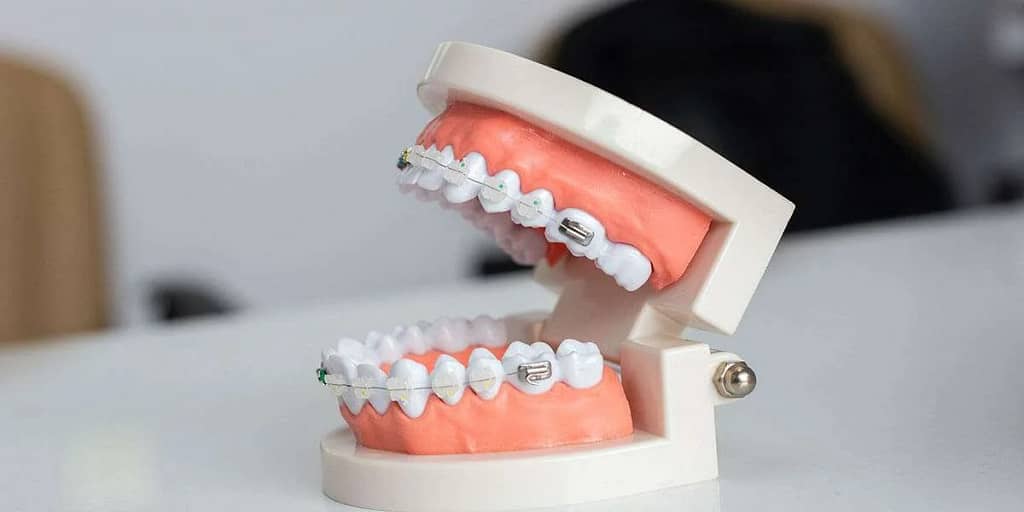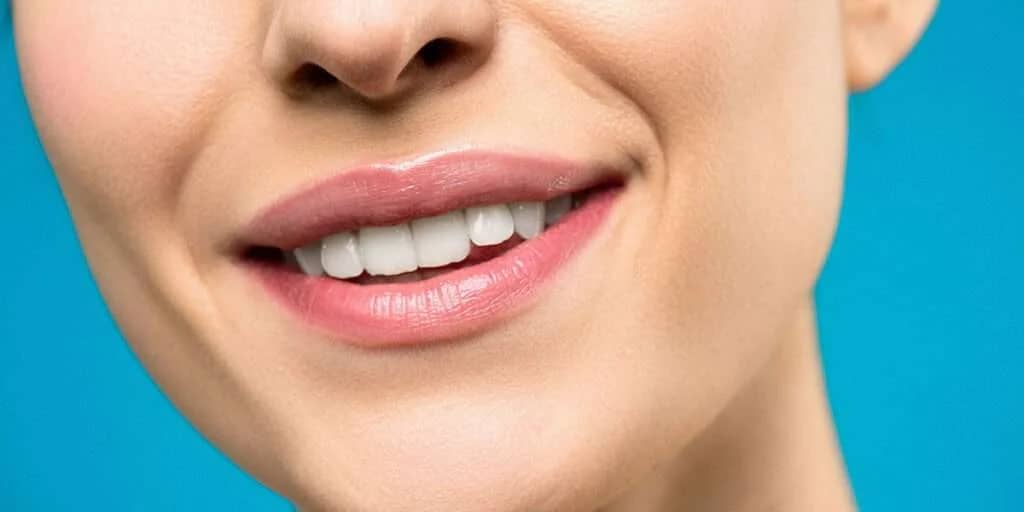Do you want to know about painless dentistry NYC or sedation dentistry NYC? What is it and how does this painless dentistry in NYC work?
It is common for people to become anxious about getting dental treatment. Here comes painless dentistry or sedation dentistry that provides a comfortable and painless dental experience for the patients.
What is Painless Dentistry NYC or Sedation Dentistry NYC?
Advancement in dentistry ensures the patient’s comfort in taking the dental treatment. Research is continuing to make patients have positive experiences while improving their oral health. Like sitting in comfortable chairs, protective eyewear for the light during treatment, and more. Patients are motivated to have pleasant dental care experiences with today’s advanced procedures.
But still, many patients fear and neglect their dental issues due to these concerns. Patients are scared due to the dental drill or the environment. Now there are many options that help you to get rid of this anxiety and fear. Painless dentistry New York provides several options for the patient to get through this anxiety and get their treatment successfully. This painless dentistry in New York helps millions of people to have their dental treatment effortlessly and maintain their oral health.
Painless dentistry can be processed by the patients through anesthesia or sedation. The sedation process uses medication administered by the sedation dentist depending on the anxiety level of patients to make them relaxed and comfortable. It is also referred to as “sleep” dentistry. With the sedation process, the patient stays awake but can feel comfortable for the entire treatment.
Various Reasons Why Dentists Prefer Sedation For Patients
People of any age, even children can benefit from sedation dentistry. The dentist may often recommend this sedation dentistry for various reasons such as,
- Dental anxiety.
- Patients fear visiting the dentist.
- Patients who have a sensitive gag reflex.
- Extreme sensitive teeth
- Patients with certain psychological disorders
- Special needs (including physical, cognitive, or behavioral).
Different Levels Of Sedation Dentistry In NYC
Depending on the treatment, the patient’s health condition, anxiety level, and the extent of dental work, the sedation level are given to patients.
- Minimal sedation: It is the lowest level of sedation provided to the patient to make them feel relaxed completely awake and alert.
- Moderate sedation: Moderate sedation relaxes the patient a little more than minimal sedation. Patients may feel a little drowsy and may not remember some or the complete procedural process.
- Deep sedation: This deep sedation level can make the patient go asleep but can be woken easily.
- General anesthesia: This is the highest sedation level in painless dentistry. General anesthesia makes the patient remain asleep for the complete procedure until the anesthesia wears off.
Different Types Of Sedation Used By Sedation Dentist NY
Different levels of sedation are given to patients depending on several factors as discussed above. The most common types of sedation used in painless dentistry include nitrous oxide, oral conscious sedation, and intravenous (IV sedation).
Nitrous oxide
It is well known that nitrous oxide is commonly referred to as “ laughing gas”. When the patient inhales the nitrous oxide, it provides a great level of comfort and makes them calm within a few minutes. Dentists may control the level of sedation and adjust the dosage provided to the patient accordingly to keep the patient comfortable for the entire procedure. Once the treatment is completed then the dentist gives pure oxygen to flush the nitrous oxide out of the system. Because of this pure oxygen, the patient may become normal to drive to his home after the procedure.
Oral Conscious Sedation
Oral Conscious sedation is usually a pill-form sedation process. This type of sedation is given an hour before the treatment. Dentists may use triazolam, diazepam, zaleplon and lorazepam for this sedation process. In the case of pediatric dentistry, liquid sedation such as midazolam oral syrup is given.
This type of oral sedation may temporarily affect your memory and motor skills. This makes the patient feel drowsy and may even fall asleep. But still, the patient can easily awaken and can communicate with the dentist if necessary. With this sedation process, you may need support from your family member or friend to drive home.
Intravenous (IV) Sedation
IV sedation type is the deep level sedation where the patient may fall asleep and have little or no memory of the treatment. A sedation dentist may provide this sedation directly into the bloodstream through an IV line. When this type of sedation is given the dentist may monitor the patient’s heart rate, blood pressure, and oxygen levels. The amount of sedation given is adjusted or even can be reversed at any point if necessary. This procedure is applicable for patients with severe dental anxiety or patients undergoing lengthy dental procedures.
Risks And Complications Of Sedation Dentistry
The sedation process is typically safe when administered by a licensed sedation dentist. However, like all treatments sedation process has some possible short-term risks of complications including,
- Drowsiness.
- Can be difficult to determine the effect of oral sedation medications.
- Dry mouth (xerostomia).
- Nausea and vomiting.
- Headaches.
- Bruising from the IV
These risks are very rare. Sometimes people may also experience allergic reactions. These issues can be resolved with the proper medications.
Side Effects Of Child Sedation Dentistry
Pediatric sedation is safe. But still, the parents may fear whether it will cause any adverse effects on their child. Even though child sedation dentistry is safe but sometimes it causes short-term side effects that include,
- Irritability.
- Snoring.
- Fever.
- Nausea and vomiting.
Another common side effect is that a child with sedation may wake up after a long time. In such cases, the dentist will monitor until the child wakes up and is ready to go home. These side effects are of short periods and may go away in a day or two. If you find any other concerns don’t hesitate to call your dentist immediately.
Conclusion
Now you may come to about painless or sedation dentistry like when and for whom it is used. Sedation dentistry in New York allows patients to take their treatment calmly and comfortably. Now, no need to get anxious about your dental treatment and wait. Take your dental treatment and prevent further worries about your oral issues with painless dentistry in New York.



